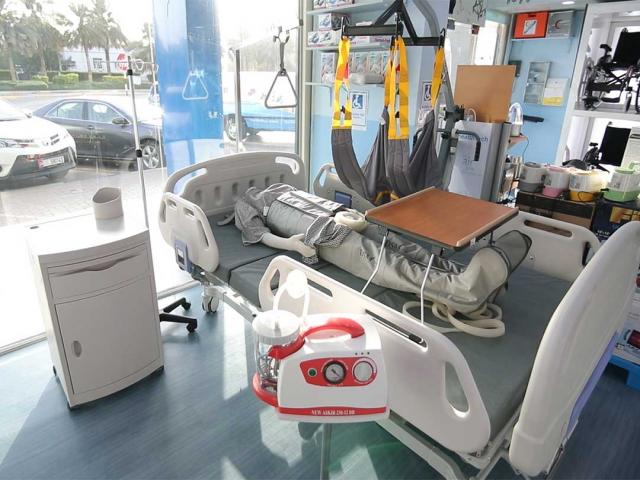In today’s world, access to affordable medical supplies is not just a matter of convenience; it’s often a matter of life and death. The rising costs of these supplies can place an immense burden on individuals, families, and healthcare systems alike. However, there are strategies that can be implemented to alleviate this financial strain and ensure that everyone has access to the supplies they need. In this article, we will explore some effective approaches to addressing the cost of medical supplies and making them more affordable for all.
Understanding the Cost Dynamics
Before delving into strategies for affordability, it’s crucial to understand the factors that contribute to the high cost of medical supplies. Several elements play a role in driving up prices, including:
- Research and Development: The process of researching and developing new medical supplies involves significant investment in terms of time, resources, and expertise. These costs are often passed on to consumers through higher prices.
- Regulatory Requirements: Medical supplies must meet stringent regulatory standards to ensure safety and efficacy. Complying with these requirements adds to the overall cost of production.
- Supply Chain Challenges: The complex supply chain involved in bringing medical supplies to market can lead to inefficiencies and increased costs at various stages, from manufacturing to distribution.
- Limited Competition: In some cases, a lack of competition in the market for certain medical supplies allows manufacturers to set higher prices without fear of losing customers to competitors.

Strategies for Affordability
Despite these challenges, several strategies can help make medical supplies more affordable and accessible to all individuals:
1. Price Transparency Initiatives
One key approach to addressing the cost of medical supplies is increasing price transparency throughout the supply chain. By providing consumers with clear information about the costs involved in producing and distributing medical supplies, they can make more informed purchasing decisions and exert pressure on manufacturers to keep prices competitive.
2. Bulk Purchasing and Negotiation
Pooling resources through bulk purchasing arrangements can help healthcare facilities negotiate lower prices with suppliers. By leveraging their collective buying power, hospitals, clinics, and other healthcare providers can secure discounts on essential medical supplies, ultimately reducing costs for patients.
3. Promoting Generic Alternatives
In many cases, generic alternatives to brand-name medical supplies offer comparable quality at a lower cost. Encouraging healthcare professionals to prescribe generic options whenever possible can help lower overall healthcare expenditures without compromising patient care.
4. Investing in Innovation
Investments in research and innovation aimed at developing more cost-effective medical supplies can yield long-term benefits in terms of affordability. By supporting initiatives that seek to streamline production processes or develop novel materials, policymakers and industry stakeholders can drive down costs while improving the quality of care.
5. Advocating for Policy Changes
Advocacy efforts aimed at influencing healthcare policy can also play a crucial role in addressing the cost of medical supplies. By advocating for reforms that promote competition, remove regulatory barriers, or increase funding for essential healthcare services, advocates can help create a more favorable environment for affordable medical supply access.
Conclusion
Addressing the cost of medical supplies is a multifaceted challenge that requires a combination of innovative solutions and collaborative efforts from various stakeholders. By promoting price transparency, leveraging collective bargaining power, encouraging the use of generic alternatives, investing in research and innovation, and advocating for policy changes, we can work towards ensuring that everyone has access to the medical supplies they need at prices they can afford.
